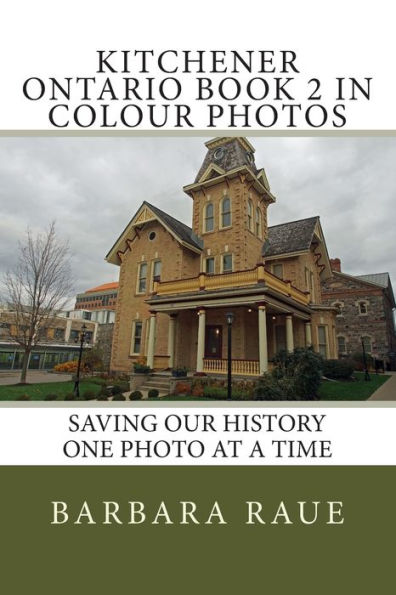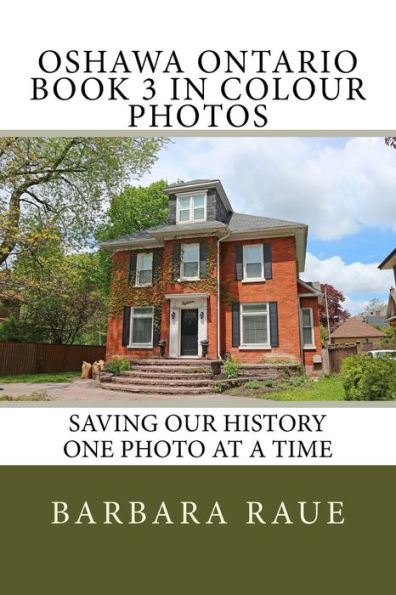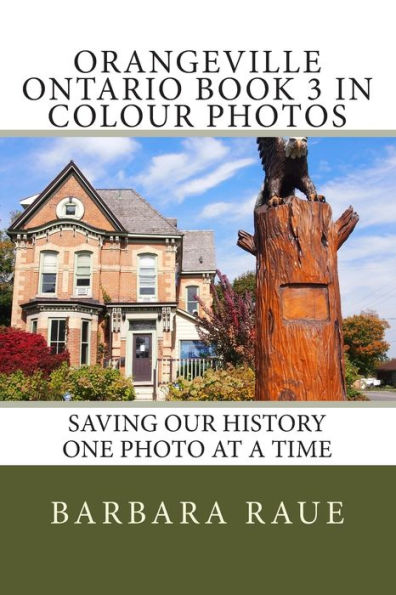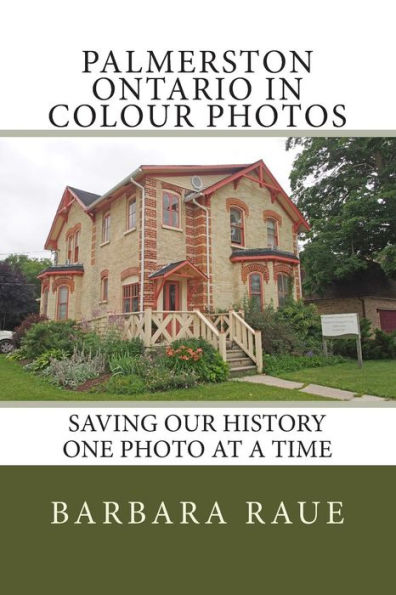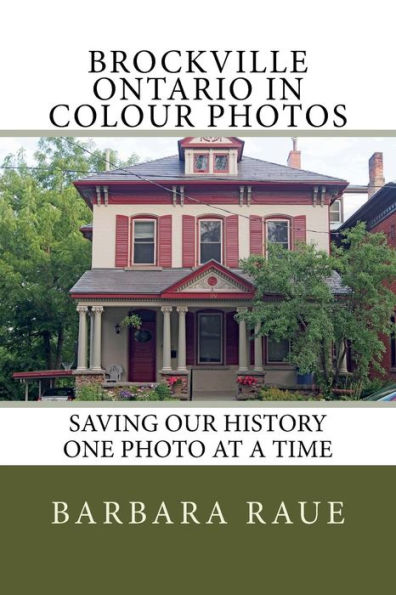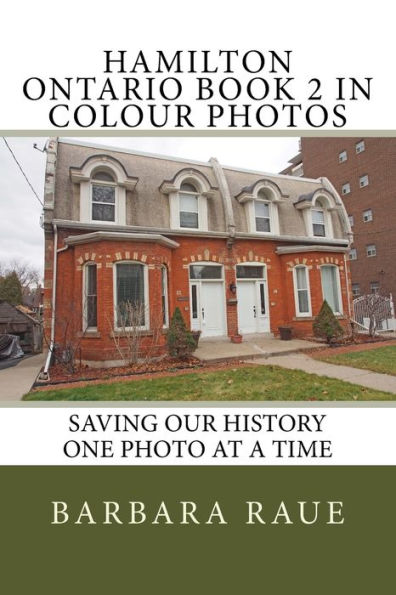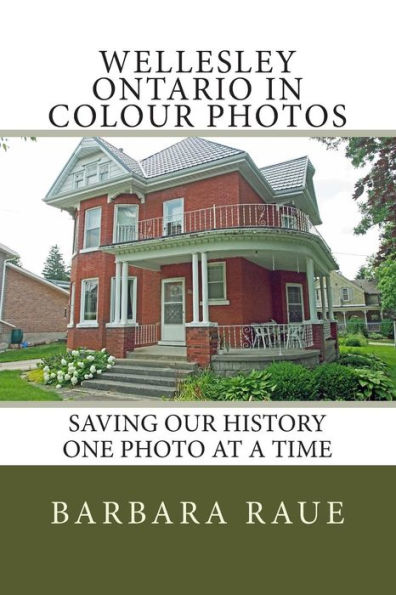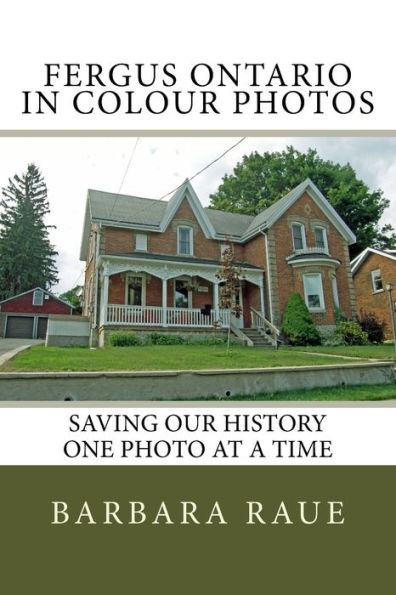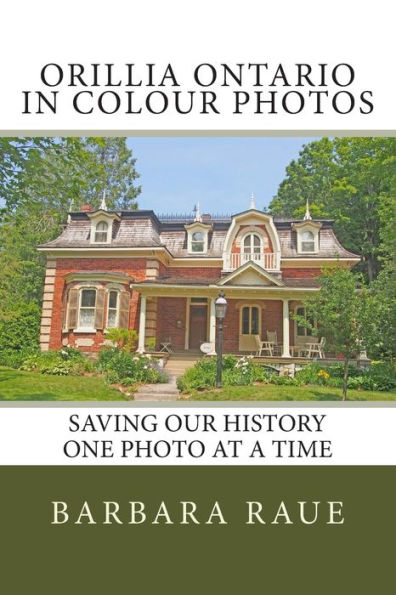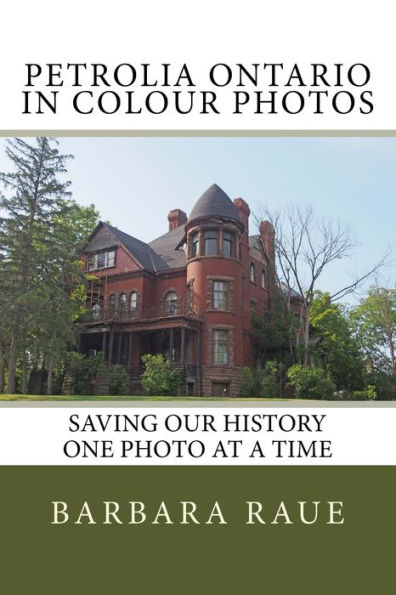Home
Windsor Ontario Book 2 in Colour Photos: Saving Our History One Photo at a Time
Barnes and Noble
Loading Inventory...
Windsor Ontario Book 2 in Colour Photos: Saving Our History One Photo at a Time in Bloomington, MN
Current price: $12.49

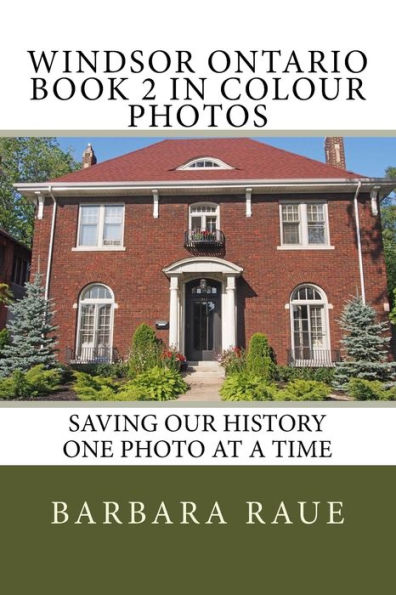
Windsor Ontario Book 2 in Colour Photos: Saving Our History One Photo at a Time in Bloomington, MN
Current price: $12.49
Loading Inventory...
Size: OS
Windsor is the southernmost city in Canada. The Detroit River is to the north of the city, which separates it from Detroit, Michigan. Windsor was settled by the French in 1749 as an agricultural settlement. In 1794, after the American Revolution, the settlement of "Sandwich" was founded. It was later renamed Windsor, after the town in Berkshire, England. Ouellette Avenue is the historic main commercial street in downtown Windsor running north-south perpendicular to the Detroit River, and divides the city into east and west sections. Windsor has 180 parks and maintains forty miles of trails. In 1701, Sieur de Lamothe Cadillac is sent to establish Fort Pontchartran on the north side of what is now Detroit River. In 1749, the Governor of Quebec initiates development on the south shore. He sends 20 French families from Quebec to clear the land for farms and homes. At least 25 lots are surveyed along the river.Windsor Barracks (1840 & 1866) In response to an American threat the British want to improve their defenses along the American border. In 1840, they purchase the land (now City Hall Square) for a military reserve and erect a barracks. In 1849, the government abandons the barracks and the property is used as a refugee center for Blacks who were moving into the area via the "Underground Railroad." In 1859, the Town of Windsor purchases City Hall Square with plans for a park. In 1866, the threat of Fenian raids from Detroit prompts the government to re-claim the property and a new series of barracks is erected.Central School Square (1871) After the barracks were abandoned by the military, some of the buildings were used as classrooms. In 1871, the old facilities prove inadequate and a new school is built north of the barracks with students begin classes in the new school building in 1873. The government passes a law requiring all children ages 7-12 to attend school.Windsor's economy is primarily based on manufacturing, tourism, education, and government services. The city is one of Canada's major automobile manufacturing centers and is home to the headquarters of FCA Canada (Chrysler) with its minivan assembly plant, two Ford Motor Company engine plants, and several tool and die and automotive parts manufacturers. Caesars Windsor opened in 1994, one of the largest casinos in Canada, and is one of the largest local employers. Detroit, MichiganDetroit is in the U.S. state of Michigan and is the largest city on the United States-Canada border. It is a major port on the Detroit River, a strait that connects the Great Lakes system to the Saint Lawrence Seaway. It was founded on July 24, 1701, by the French explorer and adventurer Antoine Laumet de La Mothe, sieur de Cadillac and a party of settlers. Detroit is known as the world's automotive center with the two familiar nicknames, the Motor City and Motown.Victoria AvenueJames Dougall, the developer of Victoria Avenue, was born in Paisley, Scotland in 1810, and arrived in Windsor in 1830 to establish the first general store in the region. Two years later he married Susanne Baby whose grandfather, Jacques Duperon Baby, owned the large tract of farmland, which was to become the core of today's City of Windsor. Dougall's general store, "Dougall's Emporium", stood on Sandwich Street (now Riverside Drive West) near the present Cleary International Centre. Land speculation grew in Windsor as a result of the arrival of the Great Western Railroad.From the outset, Victoria Avenue was intended to be a gracious, residential street. The earliest houses, built between 1890 and the Stock Market "Crash" of 1929, show diversity of design, quality of material, and fine workmanship. They were the valued residences of some of the most influential and respected families during this middle period in Windsor's growth - doctors, merchants, lawyers, educators, politicians and industrialists whose ideas molded this municipality.
Windsor is the southernmost city in Canada. The Detroit River is to the north of the city, which separates it from Detroit, Michigan. Windsor was settled by the French in 1749 as an agricultural settlement. In 1794, after the American Revolution, the settlement of "Sandwich" was founded. It was later renamed Windsor, after the town in Berkshire, England. Ouellette Avenue is the historic main commercial street in downtown Windsor running north-south perpendicular to the Detroit River, and divides the city into east and west sections. Windsor has 180 parks and maintains forty miles of trails. In 1701, Sieur de Lamothe Cadillac is sent to establish Fort Pontchartran on the north side of what is now Detroit River. In 1749, the Governor of Quebec initiates development on the south shore. He sends 20 French families from Quebec to clear the land for farms and homes. At least 25 lots are surveyed along the river.Windsor Barracks (1840 & 1866) In response to an American threat the British want to improve their defenses along the American border. In 1840, they purchase the land (now City Hall Square) for a military reserve and erect a barracks. In 1849, the government abandons the barracks and the property is used as a refugee center for Blacks who were moving into the area via the "Underground Railroad." In 1859, the Town of Windsor purchases City Hall Square with plans for a park. In 1866, the threat of Fenian raids from Detroit prompts the government to re-claim the property and a new series of barracks is erected.Central School Square (1871) After the barracks were abandoned by the military, some of the buildings were used as classrooms. In 1871, the old facilities prove inadequate and a new school is built north of the barracks with students begin classes in the new school building in 1873. The government passes a law requiring all children ages 7-12 to attend school.Windsor's economy is primarily based on manufacturing, tourism, education, and government services. The city is one of Canada's major automobile manufacturing centers and is home to the headquarters of FCA Canada (Chrysler) with its minivan assembly plant, two Ford Motor Company engine plants, and several tool and die and automotive parts manufacturers. Caesars Windsor opened in 1994, one of the largest casinos in Canada, and is one of the largest local employers. Detroit, MichiganDetroit is in the U.S. state of Michigan and is the largest city on the United States-Canada border. It is a major port on the Detroit River, a strait that connects the Great Lakes system to the Saint Lawrence Seaway. It was founded on July 24, 1701, by the French explorer and adventurer Antoine Laumet de La Mothe, sieur de Cadillac and a party of settlers. Detroit is known as the world's automotive center with the two familiar nicknames, the Motor City and Motown.Victoria AvenueJames Dougall, the developer of Victoria Avenue, was born in Paisley, Scotland in 1810, and arrived in Windsor in 1830 to establish the first general store in the region. Two years later he married Susanne Baby whose grandfather, Jacques Duperon Baby, owned the large tract of farmland, which was to become the core of today's City of Windsor. Dougall's general store, "Dougall's Emporium", stood on Sandwich Street (now Riverside Drive West) near the present Cleary International Centre. Land speculation grew in Windsor as a result of the arrival of the Great Western Railroad.From the outset, Victoria Avenue was intended to be a gracious, residential street. The earliest houses, built between 1890 and the Stock Market "Crash" of 1929, show diversity of design, quality of material, and fine workmanship. They were the valued residences of some of the most influential and respected families during this middle period in Windsor's growth - doctors, merchants, lawyers, educators, politicians and industrialists whose ideas molded this municipality.
